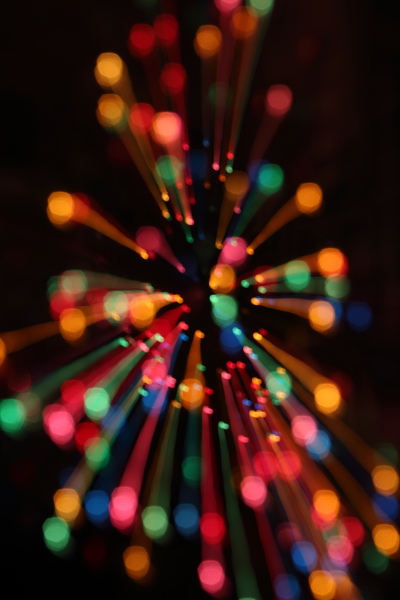Tunnels being naturally dark may not be the most intuitive choice for a place to take pictures. But I love the 'painting with light' work that artists such as 'Twin Cities Brightest' are putting out and they're clearly seeking out places like tunnels, caves, garages... Dark places in other words, to create their works of art. Which brings two questions to mind:
- How do I go about finding places that I can accomplish this sort of 'tunnel photography.'
- What are some techniques that I can use to 'paint with light' in my photography once I have found some locations?







